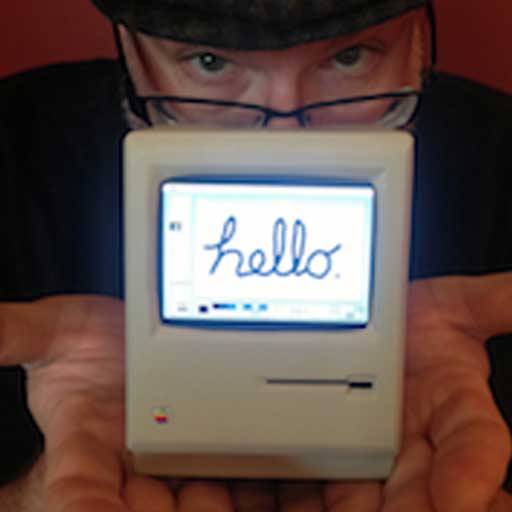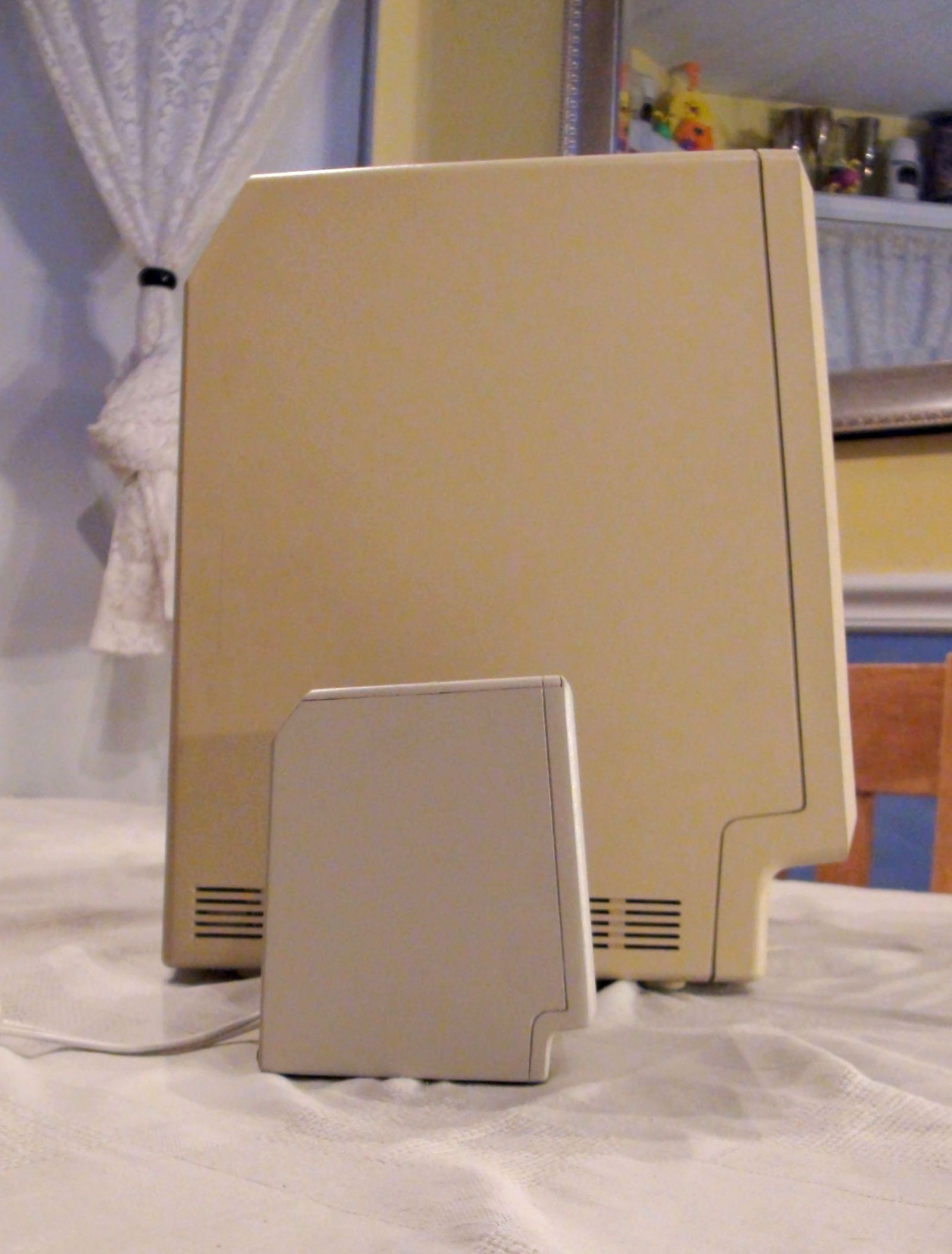
#Mini vmac raspberry software#
I wanted to see what software would look like on a Macintosh Plus in emulation.

My reason for installing Mini vMac was simple.
#Mini vmac raspberry how to#
Just like with the real Plus and it’s predecessors (the 128k, 512k and 512ke), there is no hard drive – you have to learn how to “swap” disks. Instead, you get a modest Macintosh Plus with black-and-white graphics, the ubiquitous Motorola 68000 and the 4MB RAM. With Mini vMac, you don’t get a 68040 with color graphics and a virtual hard drive. However, what if you want to experience what it was truly like to own a compact Macintosh? What it was like living with 4MB RAM, a 9″ black-and-white (no grayscale) screen, and System 6? Mini vMac is the software of choice for that, as it emulates a Macintosh Plus – the fourth model of Macintosh. Basilisk II emulated a Macintosh Quadra 900, one of the most powerful Macs you could buy in 1992 Basilisk II can output millions of colors and is powerful enough to run almost all of the popular Mac software from the 68k era. Nearly a year ago I explored Basilisk II, another classic Macintosh emulator that emulates a Macintosh Quadra 900 to allow you to explore 68k software and System 7.

If you find Mini vMac useful, please consider helping the Gryphel Project,of which it is a part.Want to experience what it was like to use a Macintosh Plus from your modern computer? Mini vMac is the solution… How-To guides, Documentation, Macintosh Software, and more. Then click on the close box of the Mini vMac window to quit theapplication. When you’re done looking at this, choose the “ShutDown” command from the “Special” menu on the emulatedscreen: The emulated computer should boot from thisimage, starting up the Finder, with a menu bar at the top of theemulated screen: The Mini vMac window should fill with a gray pattern, with a picture ofa floppy disk in the center, with a blinking question mark on it:ĭrag the icon of your bootable disk image, “System Startup”,onto the Mini vMac window. To get past this, drag the icon of your ROM imagefile, “vMac.ROM”, onto the Mini vMac window. Unless Mini vMac finds the ROM image file in one of the places it looks,it will display this message in the new window it opens: For most operating systems, you can double clickon the application’s icon. Use the ua608dcommand line toolto get the disk image “System Startup”from “SSW_6.0.8-1.4MB_”.(If you don't wish to use ua608d, see the Alternatives page.) Next, you will need a bootable disk image for the Macintosh Plus.


(If you don’t have a Macintosh Plus, you could check the“ Where to buy an old Macintosh”page.)(And before you ask, the FAQ page has a section about ROM images.) Next you will need a ROMimage file from a Macintosh Plus.This file should be named “vMac.ROM”.A utility such as“ CopyRoms”can be used to obtain this file from your MacintoshPlus.
#Mini vmac raspberry download#
First, if you have not already done so, download a standard variation,choosing the appropriate version of Mini vMac for your operating system.If your web browser doesn’t automatically expand it, doso manually.(For the OS X version, see these notes to makeMini vMac work correctly.)


 0 kommentar(er)
0 kommentar(er)
